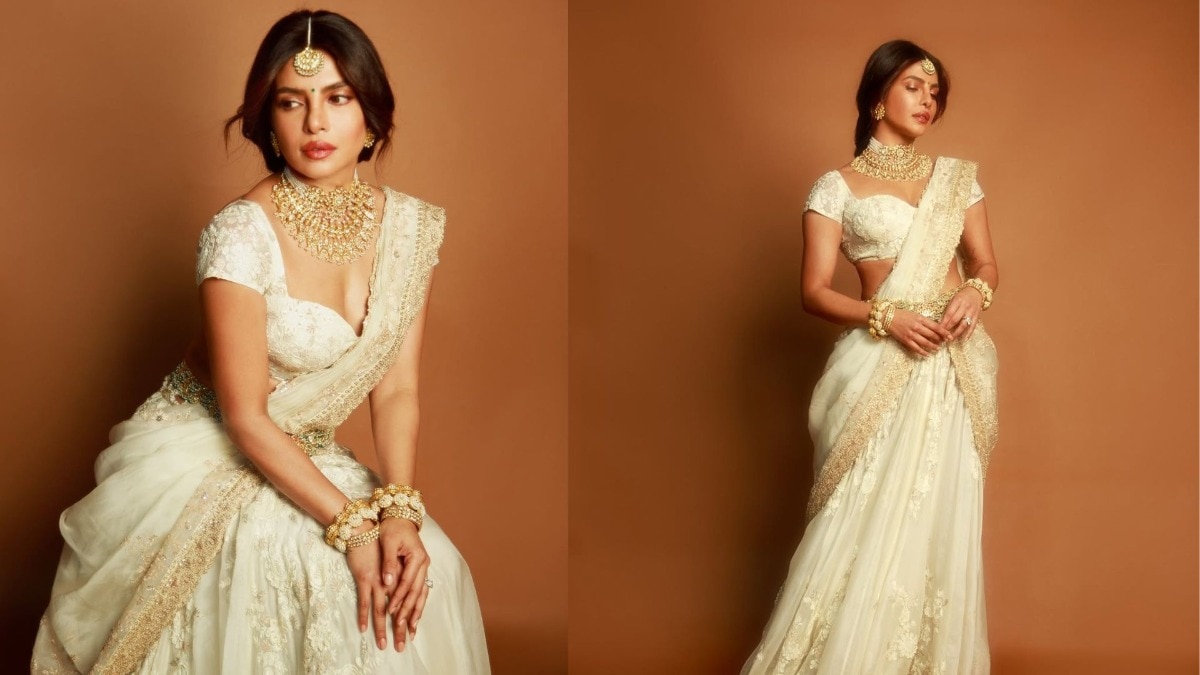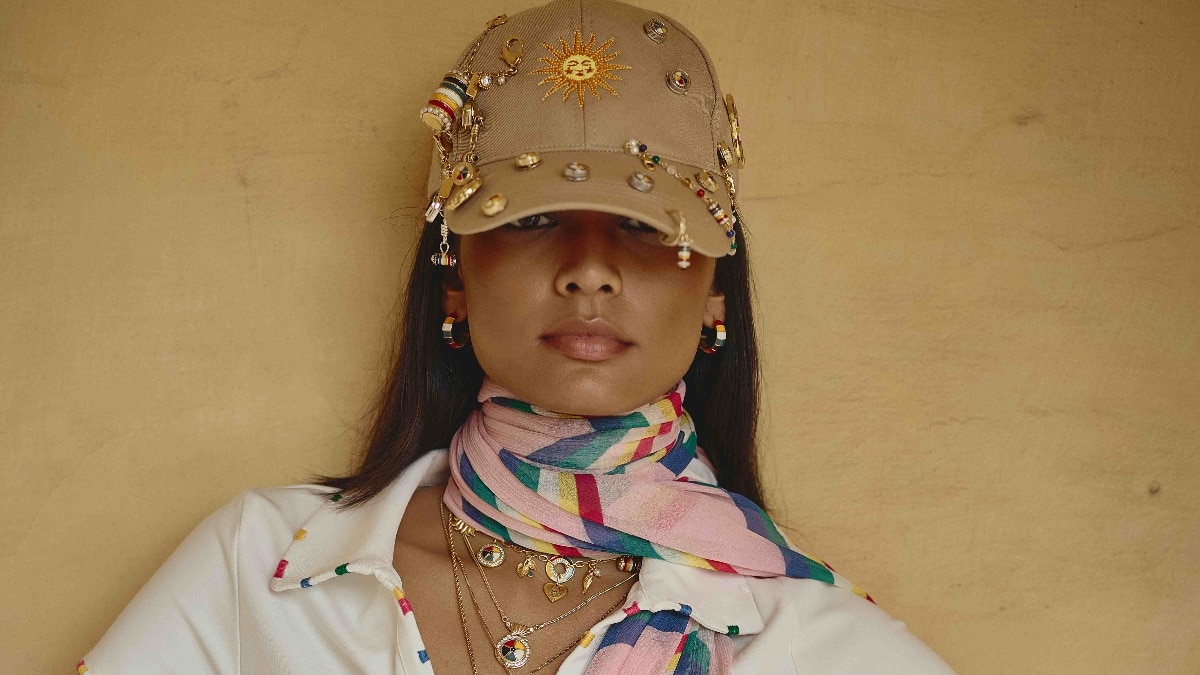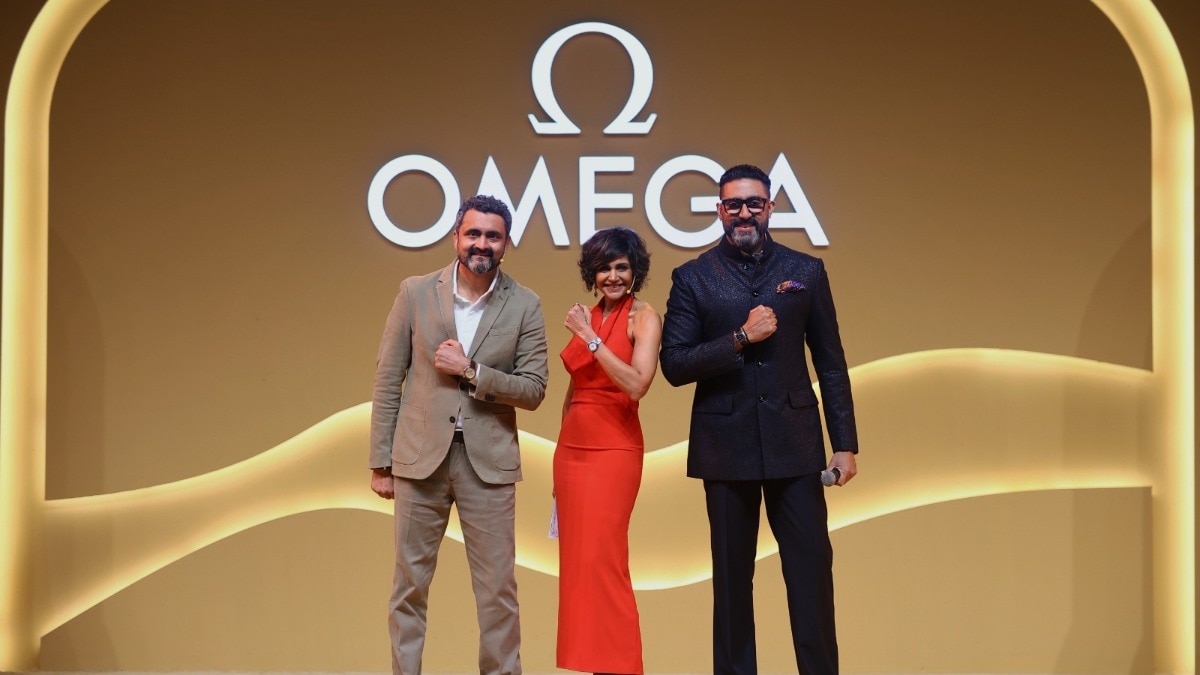- Home
- Fashion
Blurring the lines of masculinity in fashion
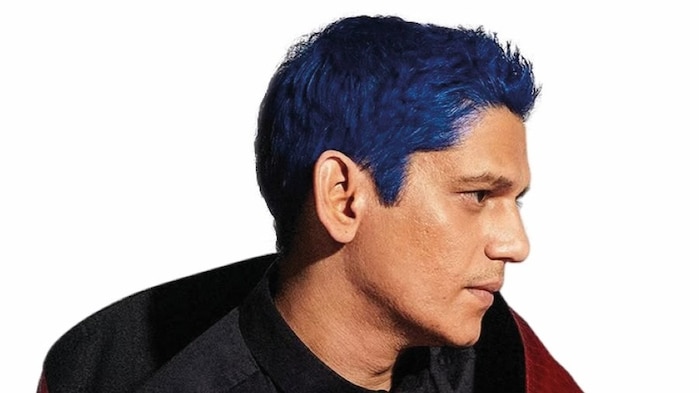
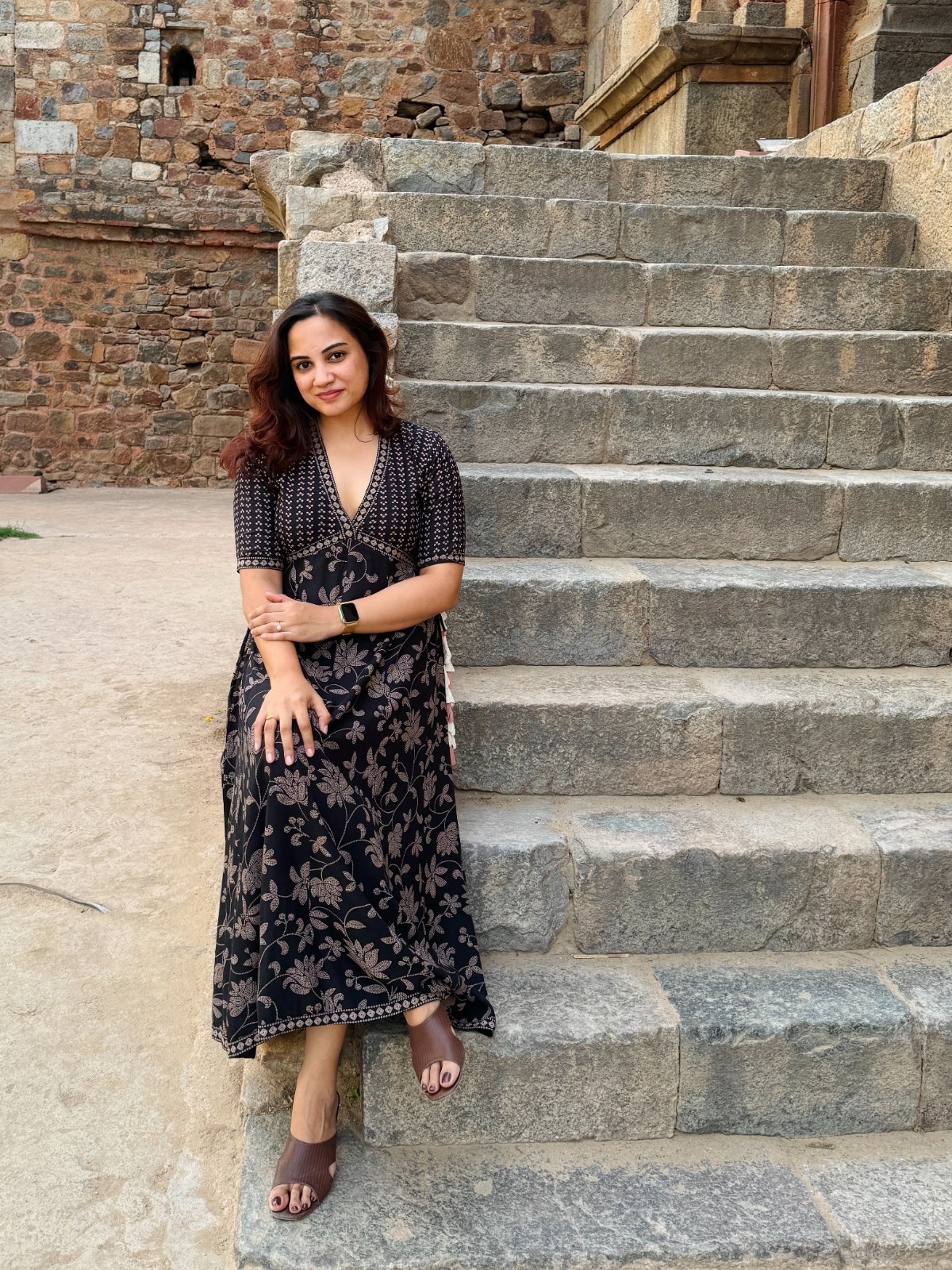
What defines “masculine” fashion today? Is it Harry Styles in ruffles, or pearls; Timothée Chalamet in a backless, halter-neck jumpsuit; Ranveer Singh in skirtlike silhouettes; or Vijay Varma in a reimagined saree? Traditionally, men’s fashion meant sharp tailoring, muted tones, or black tuxedos with a crisp, white shirt, tied together with polished oxfords. But today’s style eschews such rigid norms.
As designer Mayyur Girotra says, in 2025, clothes aren’t gendered — they’re mediums of expression. Chunky chains, handbags, scarves, silks, florals… None of these are off-limits to gents anymore. And history supports this shift: Indian maharajas embraced jewels, velvet robes, and embroidery; Louis XIV’s wardrobe was filled with lace, corsets, and heels. Pink was once for boys, blue for girls. While Maison Margiela and Telfar were always known to blur gender lines, brands like Gucci (under Alessandro Michele), and JW Anderson overseas, and Rahul Mishra and Bloni at home are taking the idea of “fashion for all” forward. Given how facets of fashion once deemed “feminine” are spilling over to the other side, we explore how these “crossover” trends are dissolving sartorial boundaries and making menswear more exciting.
ACING ACCESSORIES
Harry Styles accessorising with pearls may have been an invitation to his peers to follow suit. Shah Rukh Khan upped the ante with his Sabyasachi neckpieces and stacked rings at the Met Gala. Clearly, it’s not just about brooches or cufflinks anymore. “There’s a noticeable shift toward chunky bracelets, layered chains with bold pendants, and rings being styled with intention,” says Akanksha Arora, CEO of Tribe Amrapali. Designer Dhruv Kapoor highlights how this shift — once restricted to “select few ‘out there’ influencers” — is now “a regular addition to every man’s wardrobe, including mine.” Going beyond belts and watches, the “man purse” isn’t ridiculed anymore, and colourful scarves aren’t specific to women any longer. “Crossbody bags are the new ‘it’ thing, besides hand-held clutches or pouches. There’s also been an increase [in sales] of our Mary Janes.” Designer Nikita Mhaisalkar adds that handbags, scarves and hats — staples from the ’70s — are making a comeback. Couturier Abhishek Sharma sums it up: “The notion that accessories are only for women is outdated.”
FABULOUS FLORALS
Florals for men? Even Miranda Priestly would find it “groundbreaking.” Men now flaunt blossoms with great aplomb. Picture suits splashed with oversized petals à la Karan Johar (his tribute to Rohit Bal at Cannes 2025 was one of the many such instances), or printed flowers on bright pink silk, courtesy Ranveer Singh in Sabyasachi. This botanical revolution is evident in Dhruv Kapoor’s seasonal records: “Our numbers show that men prefer floral prints as much as they like a collage of images and graphics. Mature men prefer blooming shirts over boring solids, checks or stripes.” Designer Punit Balana uses block-printed florals in his menswear line, and for Nikita, whose latest collection has sharply stylised florals, “these motifs have always been unisex. I find them so sexy for men’s silhouettes.”
VYING FOR VELVET
Be it sheer, embellished shirts from Siddartha Tytler, or velvet jackets by Raghavendra Rathore, unconventional luxe fabrics have forayed into menswear, leaving the world of cotton behind. Velvet appears to be taking over, alongside silk and organza. “Long associated with royalty, velvet exudes regality and charm,” says Abhishek. “Organza shirts, sheer layers, and highwaisted pants are now bold fashion statements.” Punit would “love to explore velvet more deeply, especially for bandhgalas or tailored jackets.” Dhruv noticed oversized sheer shirts in organza coming into vogue last year, worn as overshirts and paired over tanks or classic white tees. “In winter months,” he highlights, “velvet-like corduroy surely trends, and silk shirts, or even full coordinated sets, are bestsellers for both men and women.”
EXPERIMENTAL SILHOUETTES
Wide-leg pants, pleated skirts, flowing shirts, ruffled jackets… Men’s silhouettes are evolving — and for the better. The India Men’s Fashion Weekend earlier this year helped spotlight styles previously rare in the men’s market (think Rajesh Pratap Singh’s pleated skirts for men). Also, wide-leg trousers — happily embraced by women for years now — have encouraged men to explore palazzos, pleated bottoms, and billowy co-ords. “Men have long hesitated to break out of traditional shapes, but that’s changing fast,” says Abhishek. “From power shoulders and cropped jackets to layered ruffles and deconstructed cuts, silhouette experimentation is now front and centre.” Nikita adds that body inclusivity pushed designers to move away from traditional cuts. Plus, brands like AFEW by Rahul Mishra and Dhruv Kapoor appear to be riding the wave. In fact, Dhruv, who has designed wide-leg cargos, pant-skirt hybrids and draped silhouettes, says loose, flowing styles are becoming the norm. This freedom in form is opening up new ground not just in fashion, but in self-expression.
GO BOLD & BRIGHT
From Issey Miyake’s zesty oranges and Mayyur Girotra’s emphatic use of yellow, to Ranveer Singh’s Valentino Pink moment, invigorating shades evoke a sense of joy, and it’s refreshing to see menswear stepping away from drab, muted tones. “After a long era dominated by nudes and neutrals, men are finally embracing vibrant colours with confidence, signalling a shift toward more experimental and joyful dressing,” says Abhishek. Punit, whose signature shades are baingani, Jaipur gulabi, and kaccha aam, says, “Colour has such deep cultural resonance in Indian wear, and it’s exciting to see men embracing it more confidently.”
In this riot of colours, there’s also been an explosion of animal prints across co-ord sets, bold abstracts on oversized fits, graffiti-inspired looks, and seemingly clashing patterns — all of which add an unmistakable touch of flair and personality to a look. Everything is fair game. Known for his detailed block prints and Ajrakh-inspired motifs, especially on jackets or bundis, Punit believes in letting the print shine without overpowering the garment. Nikita, however, observes that it’s more of a revival — for bold or animal prints remind her of veteran Hollywood and Bollywood actors.
